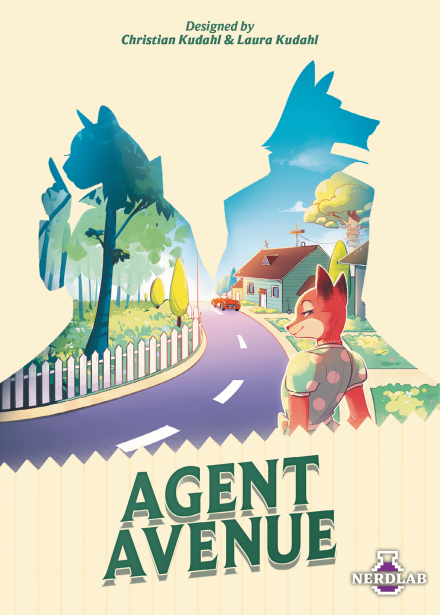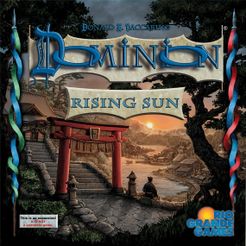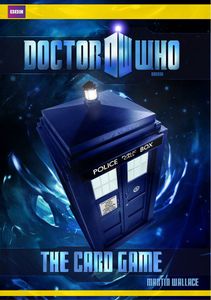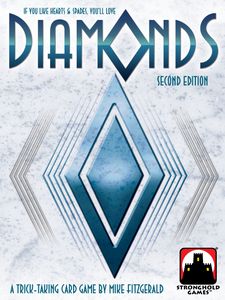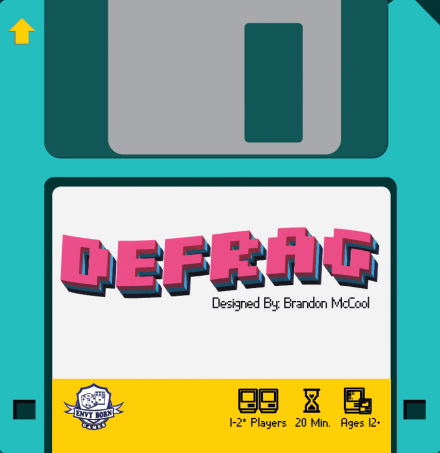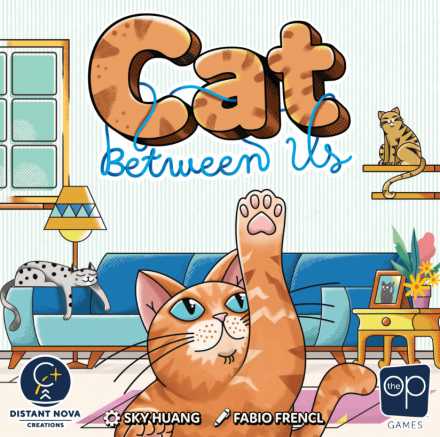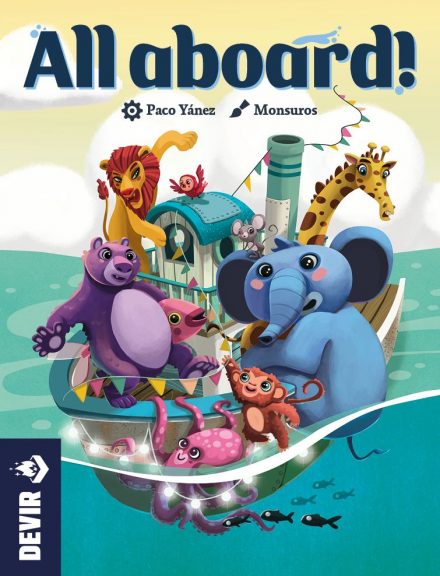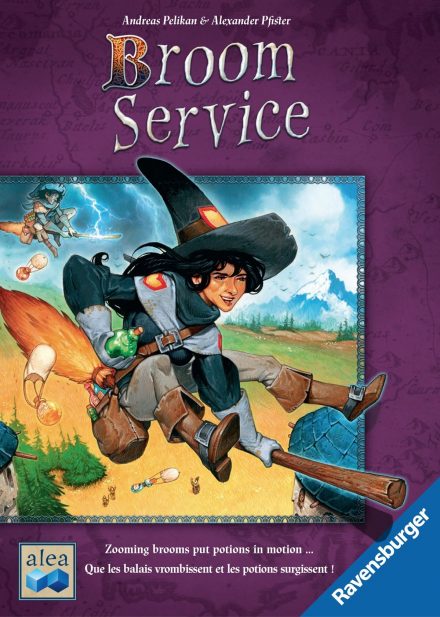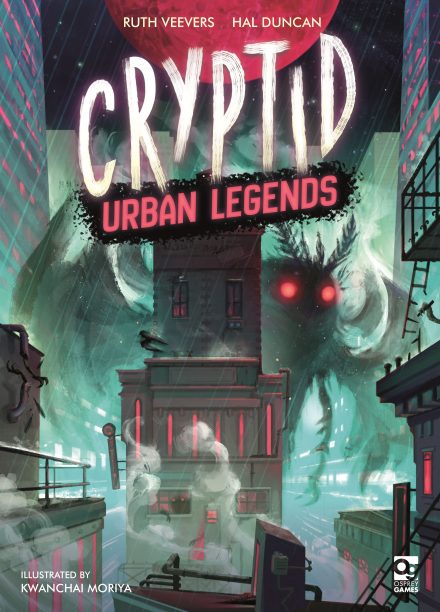Agent Avenue is a competitive card game that combines bluffing, strategic set collection, and a race to uncover your opponent’s identity. Set in a colorful anthropomorphic world, players assume the roles of retired spies in a suburban neighborhood, outsmarting each other with cards that can score points or trigger special effects. The game’s art brings to life a quirky neighborhood of animal spies.
Use a unique “I split, you choose” mechanic to play one card face-up and one face-down each turn. Your opponent chooses one, influencing both your strategies. Cards feature different agents and tools that impact scoring and game progress on a track, advancing the “catch me” race to uncover the opposing spy.
Outwit your opponents by strategically collecting agent sets and effectively using spy tools. The game ends when a player successfully uncovers their opponent, combining both strategic depth and bluffing elements.
Perfect for those who love a mix of strategy and lighthearted competition, “Agent Avenue” challenges you to think like a spy and act like a friendly neighbor.
Game Mechanics:
- Hand Management
- Race
- Set Collection
- Track Movement
Game Specifications:
- 2 – 4 Players
- 10 – 20 Minutes
- Difficulty Weight 1.30

